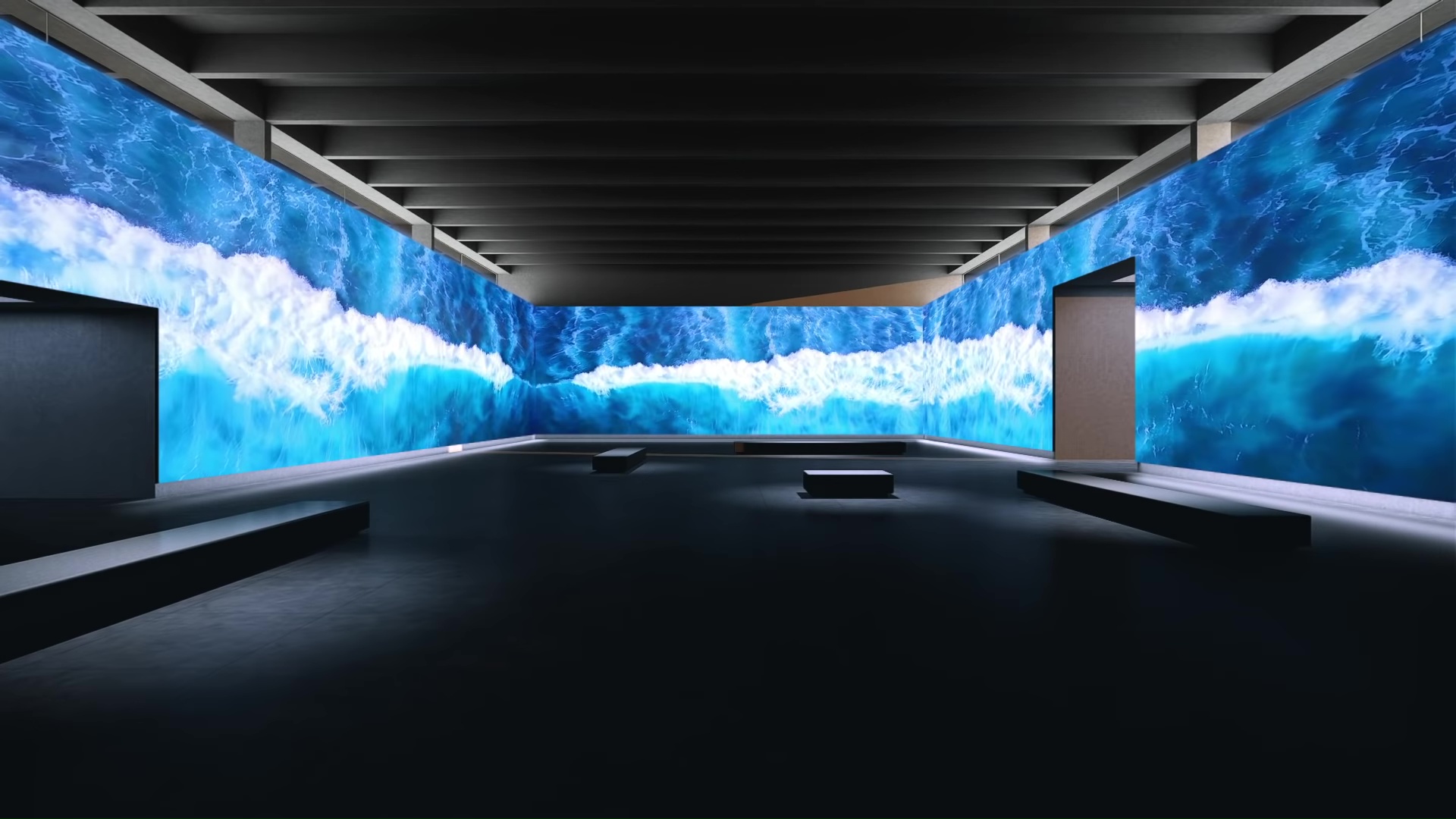Perfecting Hue Precision in LED Display Adjustment for Breathtaking Graphic Displays
Perfecting Hue Precision in LED Display Adjustment for Breathtaking Graphic Displays
Blog Article
Hue precision is crucial for creating stunning visual presentations, particularly when employing LED walls. These large screens are commonly found in places like concert venues, sports arenas, and advertising billboards. When the colors on an LED screen are not correct, the visuals can look dull or distorted, which can affect the overall experience for audiences. Therefore, perfecting color accuracy in LED wall tuning is vital for attaining lively and true-to-life images.
The initial step in ensuring color accuracy is understanding how LED technology works. LEDs, or light-emitting diodes, generate light in multiple shades by mixing red, green, and blue (RGB) light. Each pixel on an LED wall consists of these three colors. When tuned properly, the mix of RGB can create a wide range of colors. However, if one hue is too intense or too dim, it can throw off the entire display. This is why calibration is needed to equalize the hues and achieve the intended graphic result.
Tuning entails adjusting the configurations of the LED wall to make sure that the hues displayed correspond the original content as nearby as possible. This procedure usually includes using specific software and hardware tools. Technicians often use color assessment devices, such as color meters, to analyze the colors being informative post shown. By comparing the assessed colors to standard color standards, they can make exact adjustments. This guarantees that the hues are not only vibrant but also uniform across the entire display.
Another important factor of color precision is understanding the surroundings in which the LED wall is employed. Factors such as ambient light can significantly impact how hues appear. For instance, a well-lit lit room may fade colors, making them look not as vibrant. To mitigate this, technicians may adjust the luminosity and differentiation configurations of the LED screen. Additionally, they may choose particular color profiles that are more suited for various lighting conditions. This adaptability helps maintain color precision irrespective of the viewing surroundings.
Ultimately, routine upkeep and recalibration are crucial for maintaining an LED wall looking its best. Over time, the functionality of LEDs can alter due to factors like aging and heat fluctuations. Regular checks and modifications can help guarantee that the colors stay correct and vibrant. By committing time in appropriate calibration and upkeep, venues can offer audiences with breathtaking graphic presentations that enhance their total impression. Mastering color precision in LED screen calibration is not just a mechanical job; it is an art that adds to the wonder of visual narration.